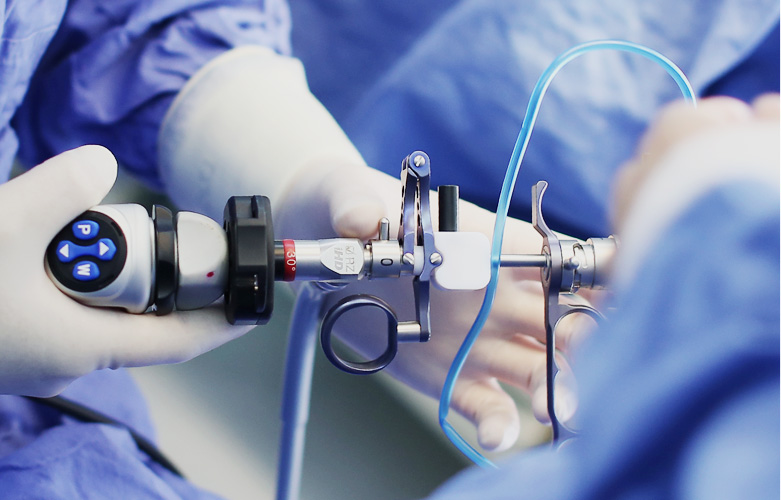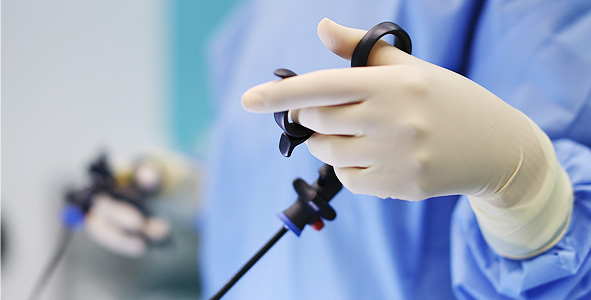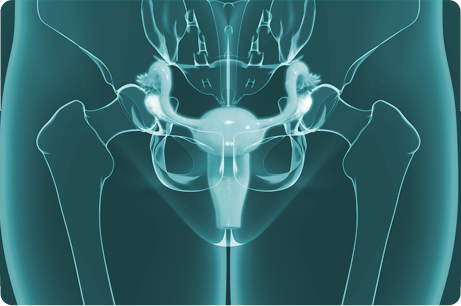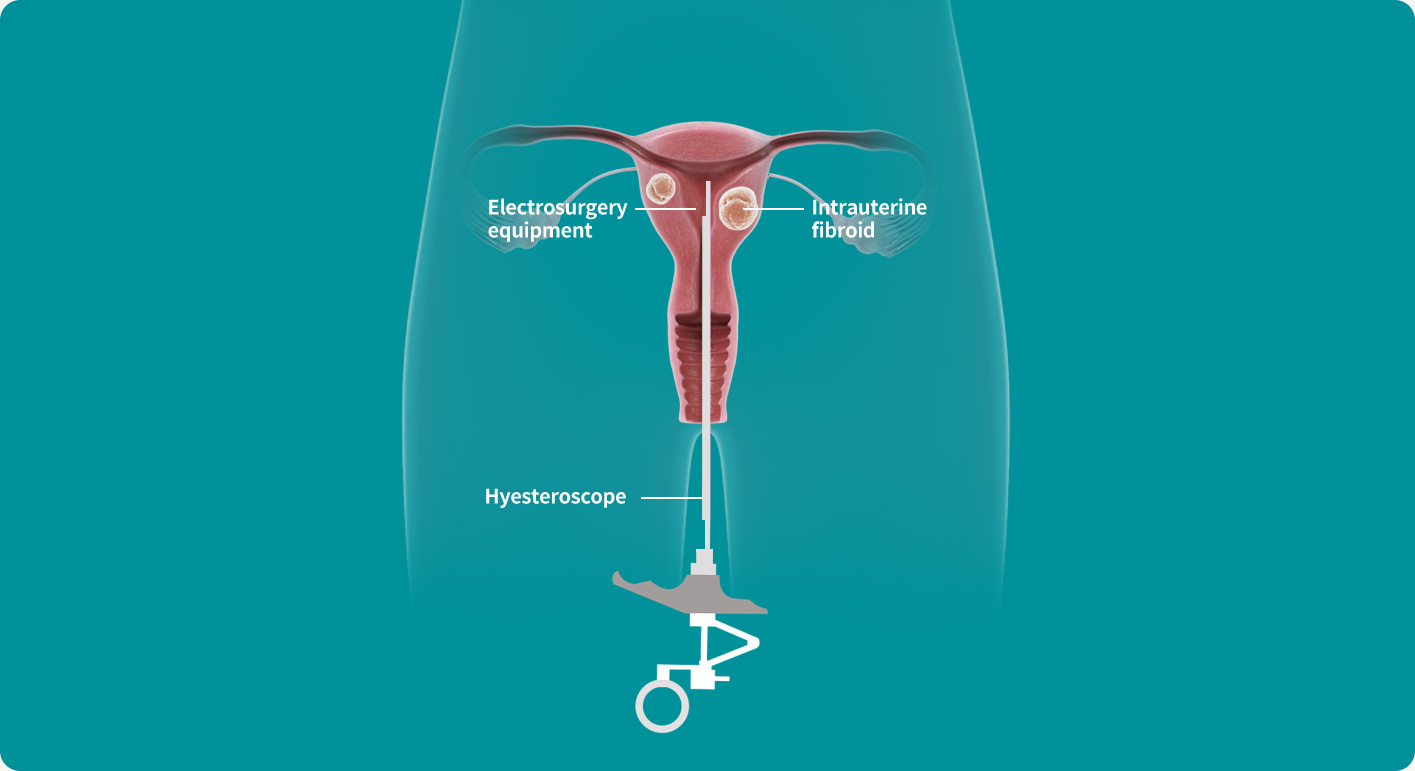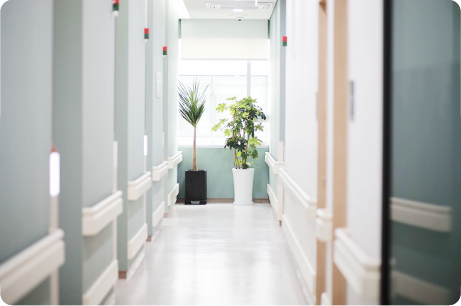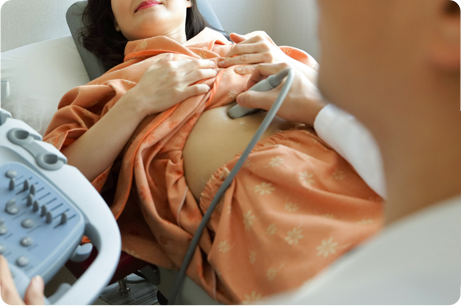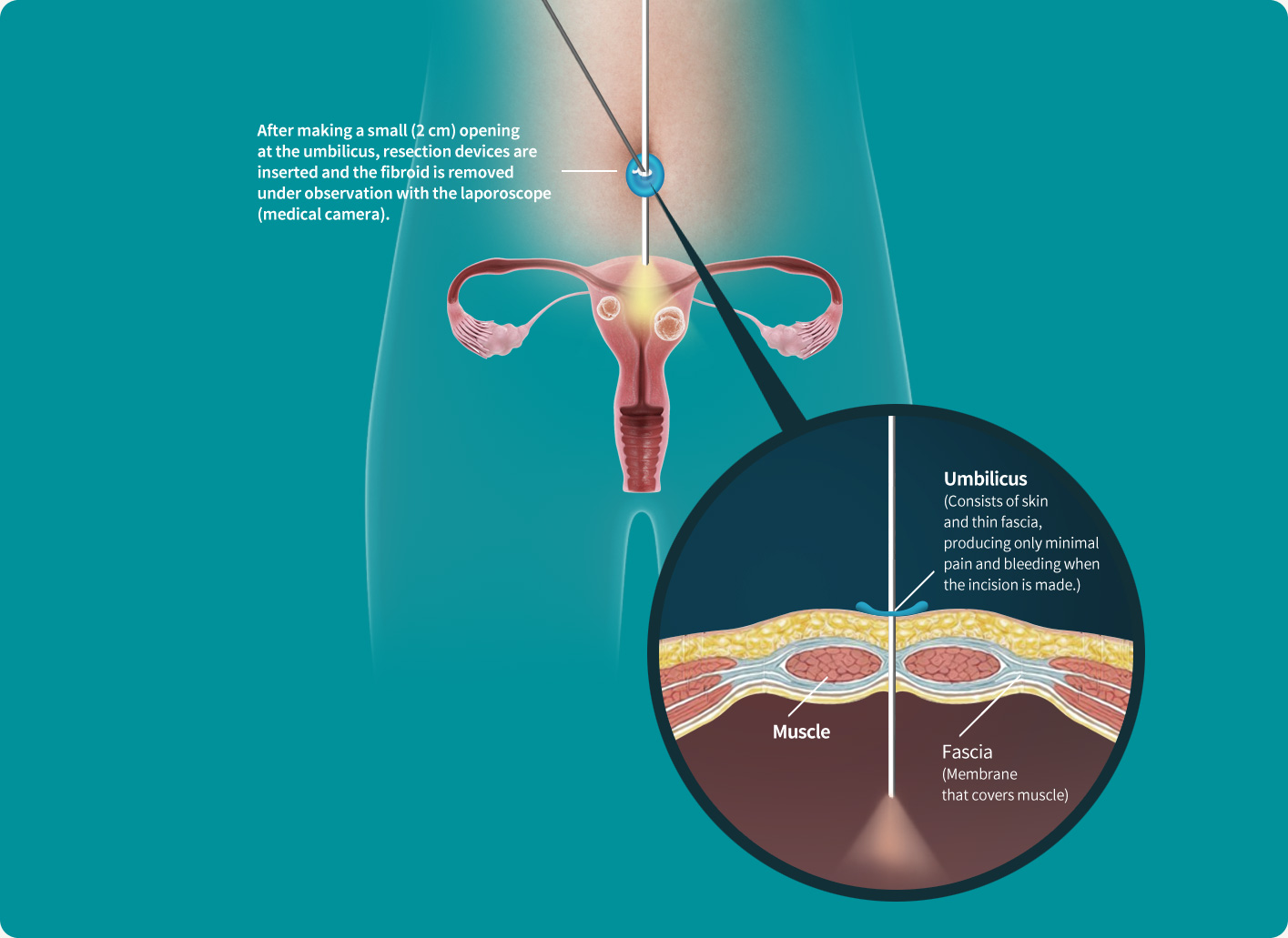
The umbilicus is a vestigial organ where the umbilical cord was once connected. It consists of 'skin + thin fascia' without any abdominal wall muscle or fat layer.
Therefore, an incision leaves little pain and minimal bleeding in this area.Other abdominal areas accompany more severe pain and bleeding when an incision is made as they consist of 'skin + subcutaneous fat + muscle layer'. Since the umbilicus is a wrinkled are with less tension, there is minimal discomfort in the surgery area and its surrounding, and recovery is faster
[ Abdomen image after Single-port laparoscopy ]
-

- Immediately after surgery
-
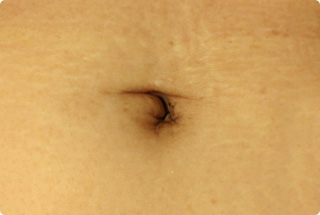
- 3 months after surgery
-
-

Precise surgery
performed with direct view. - The laparoscopic camera allows direct view of the tumor, allowing more precise removal of the lesion. State-of-the-art devices provide high resolution images, enabling more delicate surgery. It can treat most of the gynecologic diseases other than fibroids including ovarian tumor and endometriosis.
-
-
-
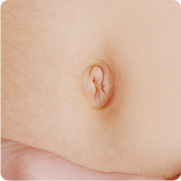
2cm microscopic
one-point incision in umbilicus - A single hole is made in the umbilicus to allow entry to the uterus and removal of the fibroid. It is an advanced technique compared to the standard 3~4 hole laparoscopic technique,leaving no hint of surgery as the umbilicus hides the scar.
-
 KakaoTalk
KakaoTalk Blog
Blog Facebook
Facebook Instagram
Instagram YouTube
YouTube NaverTV
NaverTV Korean
Korean Chinese
Chinese Russian
Russian


 Reservation
Reservation
 Home
Home